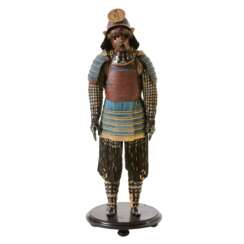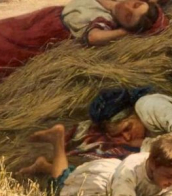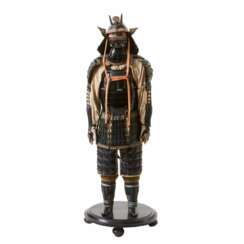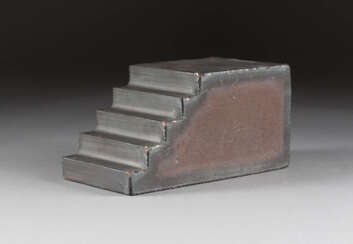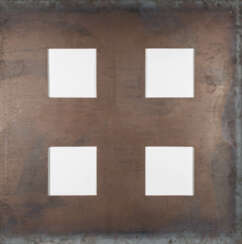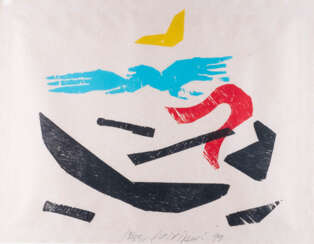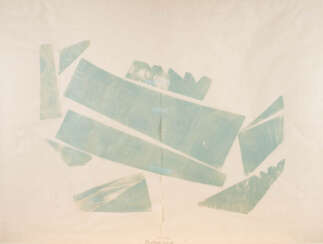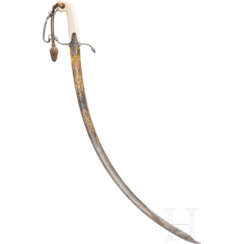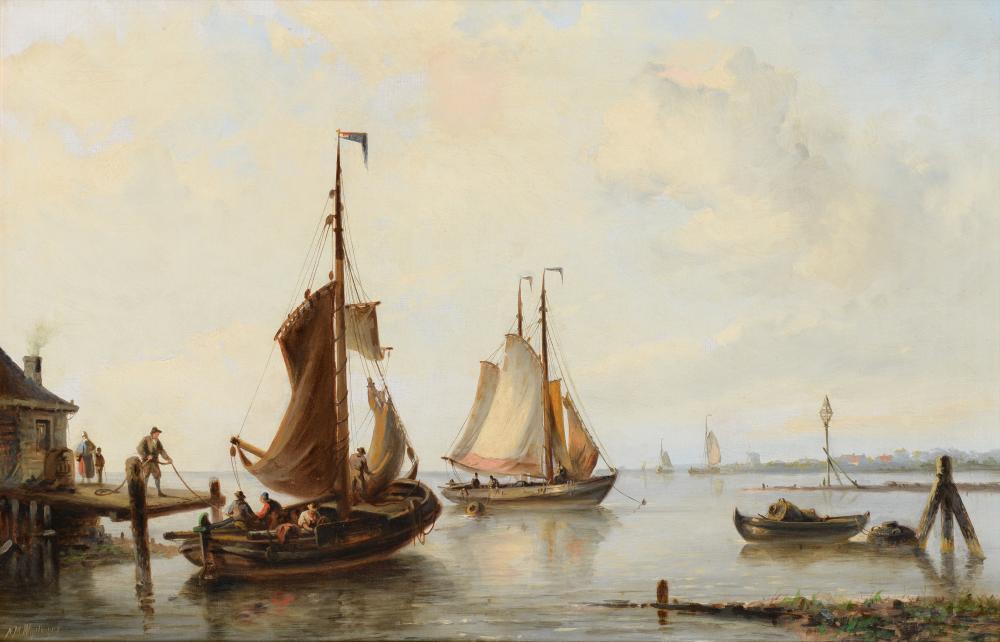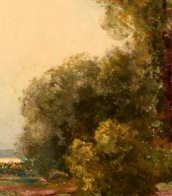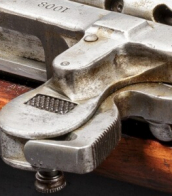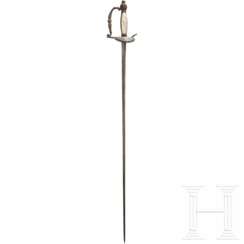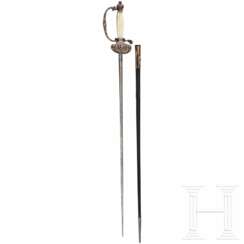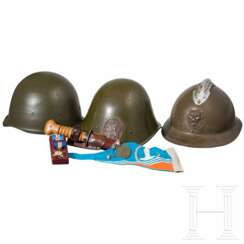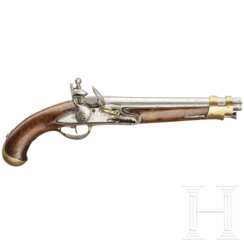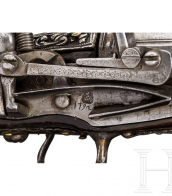нидерланды
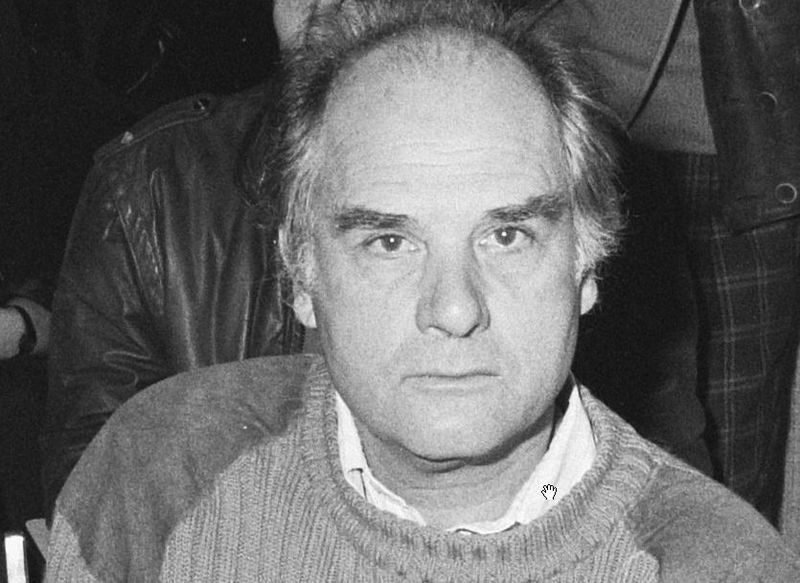
Carel Nicolaas Visser was a Dutch sculptor. He studied at the Royal Academy of Art in The Hague, where he was influenced by the work of artists such as Piet Mondrian and Georges Vantongerloo.
Visser's early work was characterized by his use of industrial materials such as steel and iron. He often worked with found objects, transforming them into abstract sculptures that explored the relationship between form and space.
In the 1960s, Visser's work began to incorporate more organic shapes and materials, such as wood and stone. He continued to experiment with a wide range of materials throughout his career, creating sculptures that were often characterized by their simplicity and elegance.
Visser's work has been exhibited in major museums and galleries around the world, including the Stedelijk Museum in Amsterdam, the Centre Georges Pompidou in Paris, and the Museum of Modern Art in New York. He is considered one of the most important sculptors of the post-war period, and his influence can be seen in the work of many contemporary artists working today.


Carel Nicolaas Visser was a Dutch sculptor. He studied at the Royal Academy of Art in The Hague, where he was influenced by the work of artists such as Piet Mondrian and Georges Vantongerloo.
Visser's early work was characterized by his use of industrial materials such as steel and iron. He often worked with found objects, transforming them into abstract sculptures that explored the relationship between form and space.
In the 1960s, Visser's work began to incorporate more organic shapes and materials, such as wood and stone. He continued to experiment with a wide range of materials throughout his career, creating sculptures that were often characterized by their simplicity and elegance.
Visser's work has been exhibited in major museums and galleries around the world, including the Stedelijk Museum in Amsterdam, the Centre Georges Pompidou in Paris, and the Museum of Modern Art in New York. He is considered one of the most important sculptors of the post-war period, and his influence can be seen in the work of many contemporary artists working today.


Carel Nicolaas Visser was a Dutch sculptor. He studied at the Royal Academy of Art in The Hague, where he was influenced by the work of artists such as Piet Mondrian and Georges Vantongerloo.
Visser's early work was characterized by his use of industrial materials such as steel and iron. He often worked with found objects, transforming them into abstract sculptures that explored the relationship between form and space.
In the 1960s, Visser's work began to incorporate more organic shapes and materials, such as wood and stone. He continued to experiment with a wide range of materials throughout his career, creating sculptures that were often characterized by their simplicity and elegance.
Visser's work has been exhibited in major museums and galleries around the world, including the Stedelijk Museum in Amsterdam, the Centre Georges Pompidou in Paris, and the Museum of Modern Art in New York. He is considered one of the most important sculptors of the post-war period, and his influence can be seen in the work of many contemporary artists working today.


Carel Nicolaas Visser was a Dutch sculptor. He studied at the Royal Academy of Art in The Hague, where he was influenced by the work of artists such as Piet Mondrian and Georges Vantongerloo.
Visser's early work was characterized by his use of industrial materials such as steel and iron. He often worked with found objects, transforming them into abstract sculptures that explored the relationship between form and space.
In the 1960s, Visser's work began to incorporate more organic shapes and materials, such as wood and stone. He continued to experiment with a wide range of materials throughout his career, creating sculptures that were often characterized by their simplicity and elegance.
Visser's work has been exhibited in major museums and galleries around the world, including the Stedelijk Museum in Amsterdam, the Centre Georges Pompidou in Paris, and the Museum of Modern Art in New York. He is considered one of the most important sculptors of the post-war period, and his influence can be seen in the work of many contemporary artists working today.

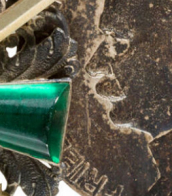



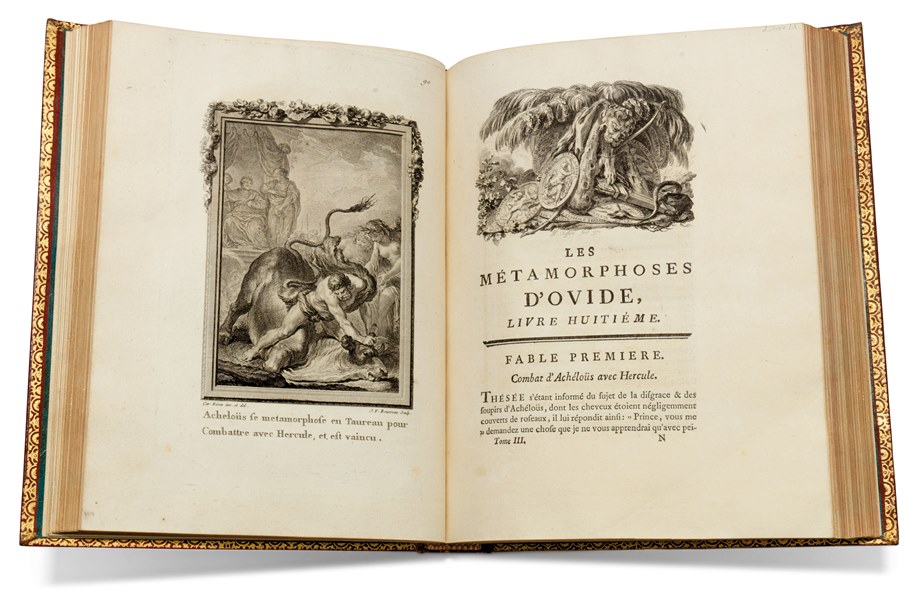
Johannes Busch was a major Dutch clergyman and reformed theologian.
As a monastic reformer and chronicler, the Augustinian canon of Windesheim, Johannes Busch is one of the most prominent figures of the Devotio moderna ("New Piety") movement in Catholicism. With his historiographical works Chronicle of the Monastery of Windesheim and Liber de reformatione monasteriorum he shaped the association of the Windesheim monastery and the late medieval observance movement.


